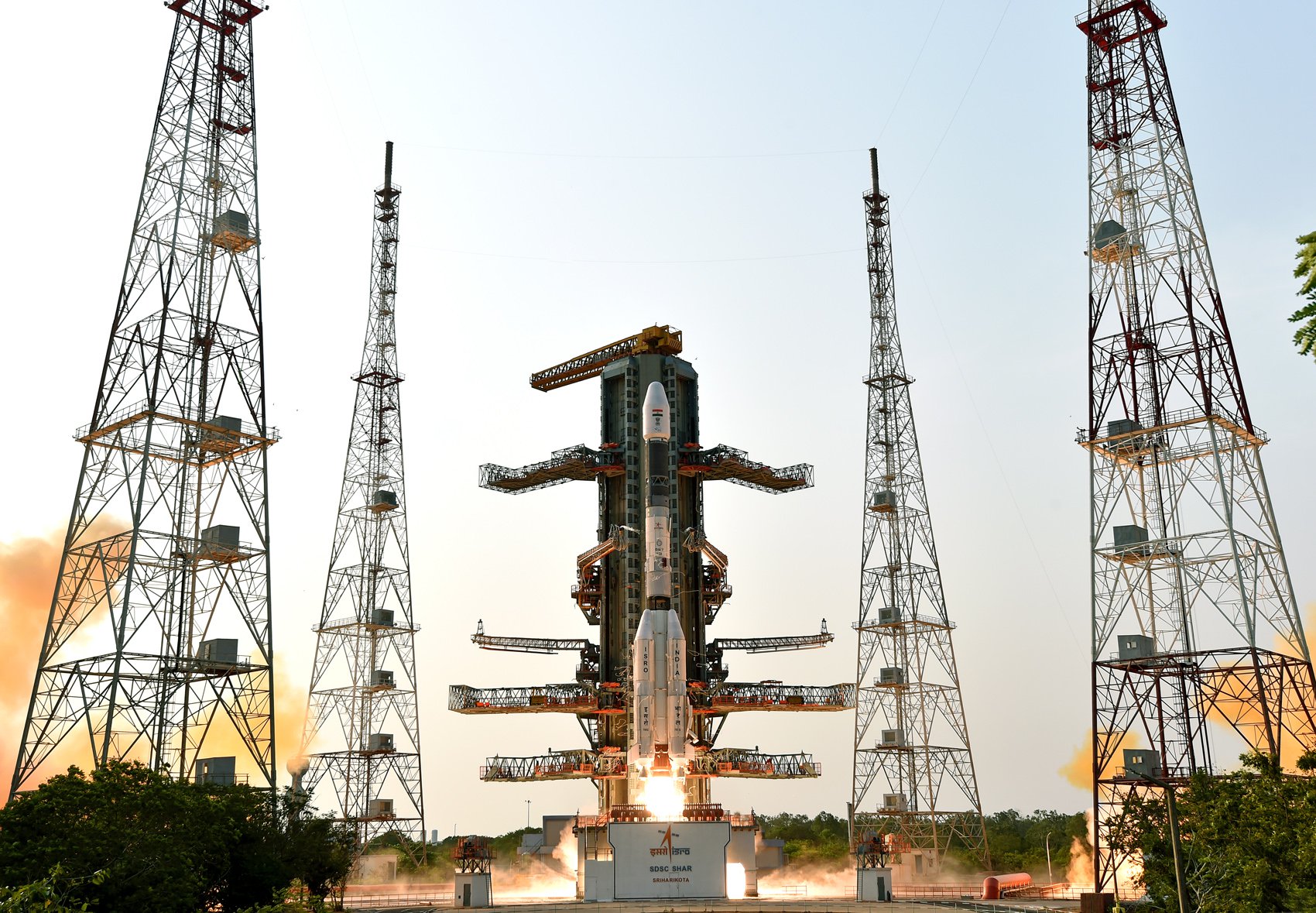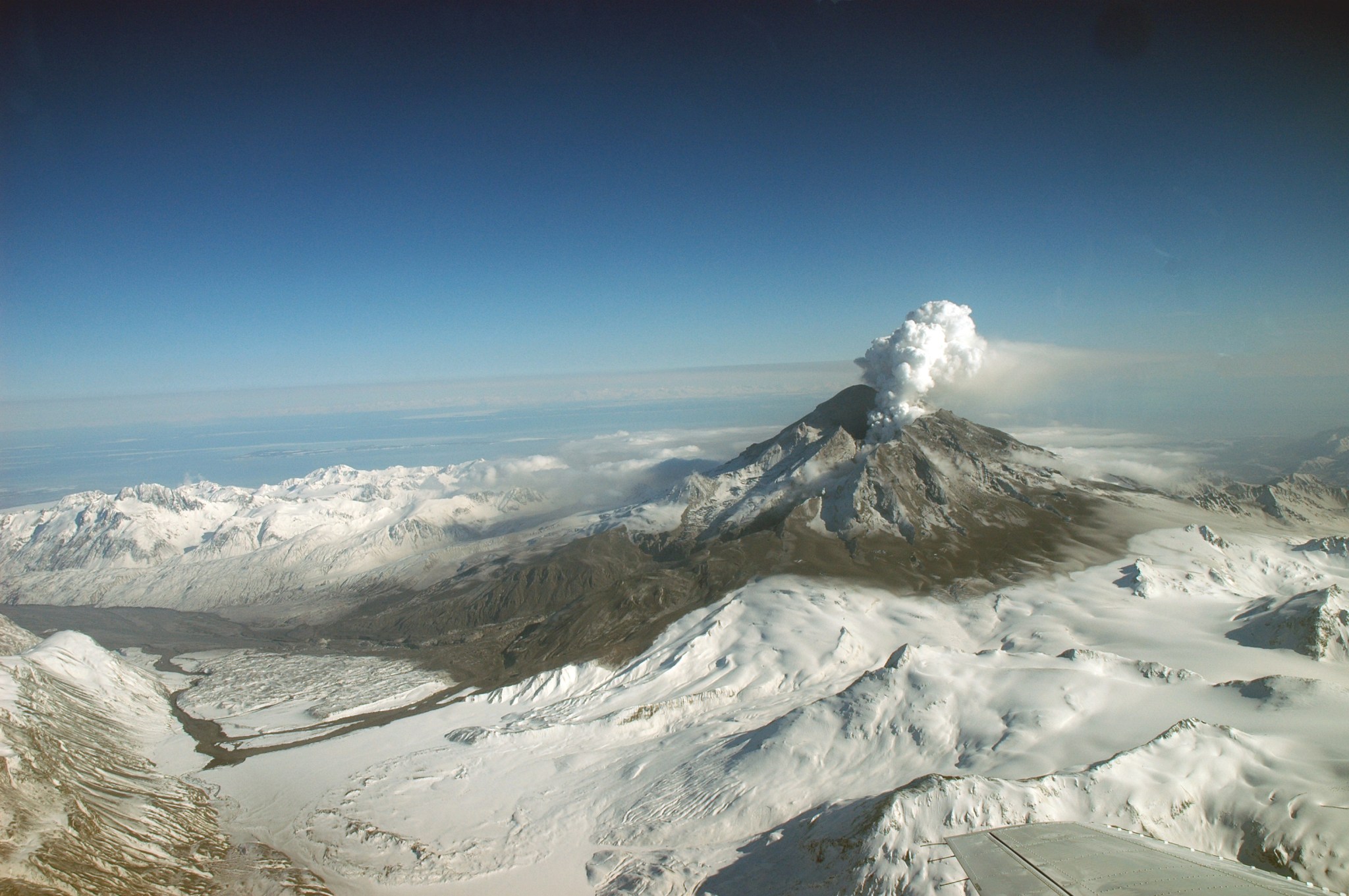
GSLV Mk II | NISAR (NASA-ISRO Synthetic Aperture Radar)
Launch Time
Wednesday, July 30, 2025 at 11:30 AM UTC
Current Status
To Be Confirmed
The NASA-ISRO Synthetic Aperture Radar, or NISAR satellite, will use advanced radar imaging to map the elevation of Earth's land and ice masses 4 to 6 times a month at resolutions of 5 to 10 meters. It is designed to observe and measure some of the planet's most complex natural processes, including ecosystem disturbances, ice-sheet collapse, and natural hazards such as earthquakes, tsunamis, volcanoes and landslides. Under the terms of the agreement, NASA will provide the mission's L band synthetic aperture radar (SAR), a high-rate telecommunication subsystem for scientific data, GPS receivers, a solid-state recorder, and a payload data subsystem. ISRO will provide the satellite bus, an S band synthetic aperture radar, the launch vehicle, and associated launch services.
Launch Provider
Indian Space Research Organization
Launch Vehicle
GSLV Mk II
Launch Date
30 July 2025
Launch Time (Hour)
11:30 AM
Launch Window
240 minutes
Launch Status
To Be Confirmed
Earth Science
Sun-Synchronous Orbit
The NASA-ISRO Synthetic Aperture Radar, or NISAR satellite, will use advanced radar imaging to map the elevation of Earth's land and ice masses 4 to 6 times a month at resolutions of 5 to 10 meters. It is designed to observe and measure some of the planet's most complex natural processes, including ecosystem disturbances, ice-sheet collapse, and natural hazards such as earthquakes, tsunamis, volcanoes and landslides. Under the terms of the agreement, NASA will provide the mission's L band synthetic aperture radar (SAR), a high-rate telecommunication subsystem for scientific data, GPS receivers, a solid-state recorder, and a payload data subsystem. ISRO will provide the satellite bus, an S band synthetic aperture radar, the launch vehicle, and associated launch services.

Credit: Not available
Window Start
11:30 AM
Liftoff (T-0)
11:30 AM
Window End
03:30 PM
Indian Space Research Organization
Government
The Indian Space Research Organisation (ISRO) is the space agency of the Government of India headquartered in the city of Bangalore. Its vision is to "harness space technology for national development while pursuing space science research and planetary exploration."
Visit Website
Data from the NISAR satellite will be used to map crop growth, track plant health, and monitor soil moisture — offering detailed, timely information for decision making. When it launches this year, the NISAR (NASA-ISRO Synthetic Aperture Radar) satellite will provide a powerful data stream that could help farmers in the U.S. and around the […]

Missions will study everything from water on the Moon to the transformation of our universe after the big bang and ongoing changes to Earth’s surface. With 2024 receding into the distance, NASA’s Jet Propulsion Laboratory is already deep into a busy 2025. Early in the new year, the Eaton Fire came close to JPL, destroying […]

Set to launch within a few months, NISAR will use a technique called synthetic aperture radar to produce incredibly detailed maps of surface change on our planet. When NASA and the Indian Space Research Organization’s (ISRO) new Earth satellite NISAR (NASA-ISRO Synthetic Aperture Radar) launches in coming months, it will capture images of Earth’s surface […]

A Q&A with the lead U.S. scientist of the mission, which will track changes in everything from wetlands to ice sheets to infrastructure damaged by natural disasters. The upcoming U.S.-India NISAR (NASA-ISRO Synthetic Aperture Radar) mission will observe Earth like no mission before, offering insights about our planet’s ever-changing surface. The NISAR mission is a […]

HELSINKI — India’s space agency is planning 10 orbital launches in 2025 along with a debut commercial launch, potentially taking the country’s launch activity to double figures for the first […] The post India eyes record year for space with 10 planned launches appeared first on SpaceNews.

A joint Earth science mission between NASA and its Indian counterpart is now scheduled to launch as soon as next March after being delayed to repair its main radar antenna. The post NISAR planned to launch in March 2025 after antenna repairs appeared first on SpaceNews.

Data from NISAR will improve our understanding of such phenomena as earthquakes, volcanoes, and landslides, as well as damage to infrastructure. We don’t always notice it, but much of Earth’s surface is in constant motion. Scientists have used satellites and ground-based instruments to track land movement associated with volcanoes, earthquakes, landslides, and other phenomena. But […]

NASA’s globetrotting C-130 Hercules team is carrying out a cargo transport mission to Bengaluru, India, in support of the NASA-ISRO Synthetic Aperture Radar (NISAR) mission. The C-130 departed from NASA’s Wallops Flight Facility in Virginia, Tuesday, Oct. 15, to embark on the multi-leg, multi-day journey. The flight path will take the aircraft coast to coast […]

NISAR Satellite Delayed To 2025 Due To Special Coating Work and Orbital Constraints

The launch of a joint U.S.-Indian radar imaging satellite will not take place before February 2025 because of work on the spacecraft’s antenna and orbital constraints, NASA said July 29.